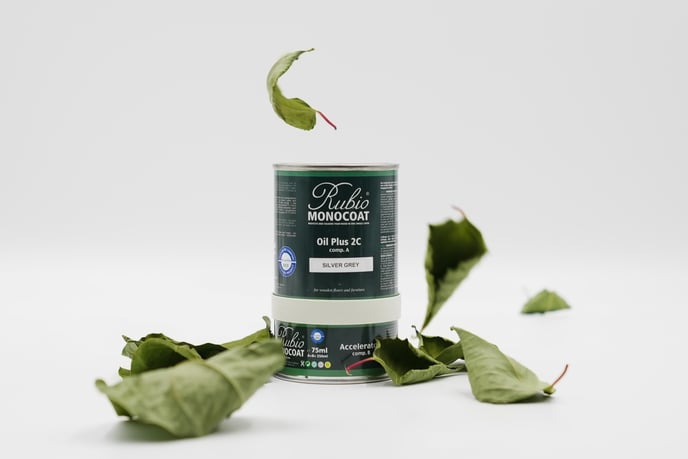Going CO₂ neutral (with infographic)
On top of our EcoConscious journey, we want to go completely carbon-neutral in the long run. Going CO₂ neutral is a very complex process, which we have started up in 2022 with the help of our external partner Vinçotte. This partner helps us through this journey and as an independent party also corroborates our efforts.
When aiming for CO₂ neutrality, there are 3 phases that need to be completed:
- Measuring phase: drawing up a profile of the efforts so far and the areas to improve
- Action phase: improving where possible with the means and resources available
- Compensation phase: compensating everything which causes emissions and which cannot be improved
In the beginning of 2022 we started up our measuring phase. Mid 2022 we completed our extensive measuring process, which means that we now know our ecological footprint and can focus on our action phase. We found that there are five areas in which we can improve.
MOBILITY & COMMUTING
Since our production process itself does not require a lot of electricity, mobility is one of our biggest improvement areas. Essentially, this one is about checking everything related to travel, such as
- Checking travel methods for CO₂ emissions and choosing the best option
- Business trips
- Trips to fairs
- How employees commute
- By bike
- By car: diesel, fuel, electric, …
In the first area, we are already compensating our air miles by paying a surplus to travel CO₂ neutral and checking alternatives by public transportation rather than flying or going by private car. The commuting process of our employees is also being addressed. Our vehicle fleet will be transitioned to electrical cars and we are also leasing an additional 30 electrical company cars for our employees. Other options to limit emissions from commuting will be further explored in the future (electrical bicycles, public transportation, more home office, …).
INFRASTRUCTURE
Improving our infrastructure is also a way to improve on our emissions. For this purpose, we have bought 418 solar panels to be installed on the roof of our plant. Another topic we will focus on is reducing waste in general and recycling it in the best way possible.

ELECTRICITY
As mentioned above, our production process does not require that much electricity. This means that there are only a few smaller improvements we can make to save energy in this area, for instance using smart lights in the meeting rooms, installing an automatic signal after office hours to turn off the lights, computer screens, etc.
MATERIALS
A lot also depends on the materials we use. As our EcoConscious cycle shows, our raw materials for our products are very sustainable. Of course, materials also applies to packaging, the distance of transporting the raw materials, the method of transport, …

The University of Hasselt has investigated our existing packagings in terms of recyclability,
stackability, origin and logistics, … and found that they are already very ecological.
- The majority of our packaging are metal tins. These are completely recyclable by melting them down and using them again.
- Our plastic packagings are already recyclable and are currently being transitioned from PET (recyclable plastics) to rPET (recycled plastics). This latter is about 15 to 20% more expensive than PET, but we believe that this is a small price to pay for the environment. Our plastic spray bottles of 125 ml are already made from rPET and there are many more to follow.
- All of our padding paper and cardboard boxes used for packaging are made from recycled materials.
- Our general catalogues are printed on 100% recycled paper.
- All of our new packagings, products and tools are strictly evaluated in terms of stackability, origin, CO₂ emissions, … Our new spatula for example is made out of recycled cork plastics.

RAISING AWARENESS
It takes a lot to achieve carbon neutrality and a big factor in this is motivating employees to join in the effort as well. Getting them on board will help with reducing waste, recycling correctly, reducing emissions by carpooling, … As they say: team work makes the dream work!
FUTURE
After improving all these areas, it will become clear exactly how much CO₂ emissions are still being emitted by our company. In this final step, we will look at ways to compensate our remaining emissions by supporting projects related to the environment:
- Planting trees
- Fighting forest fires
- Removing plastic out of the ocean
INFOGRAPHIC


